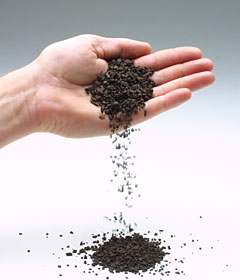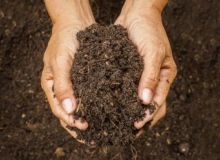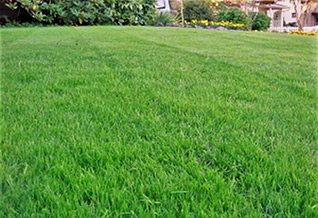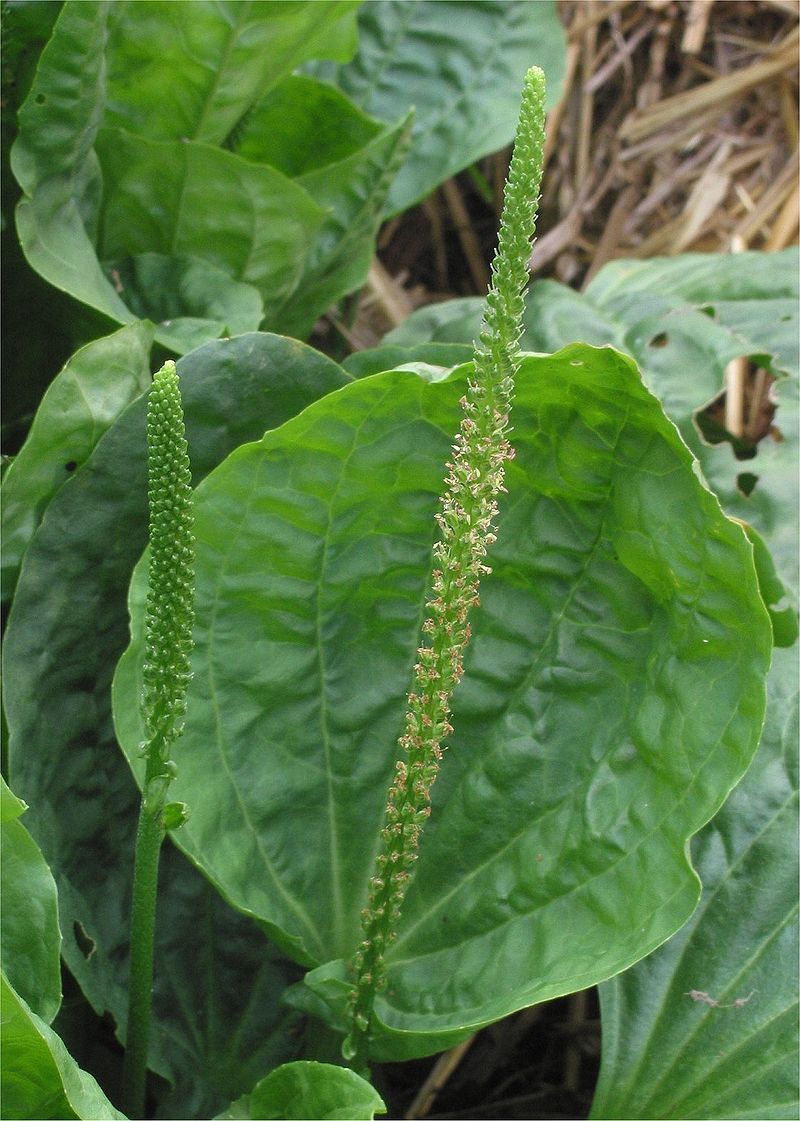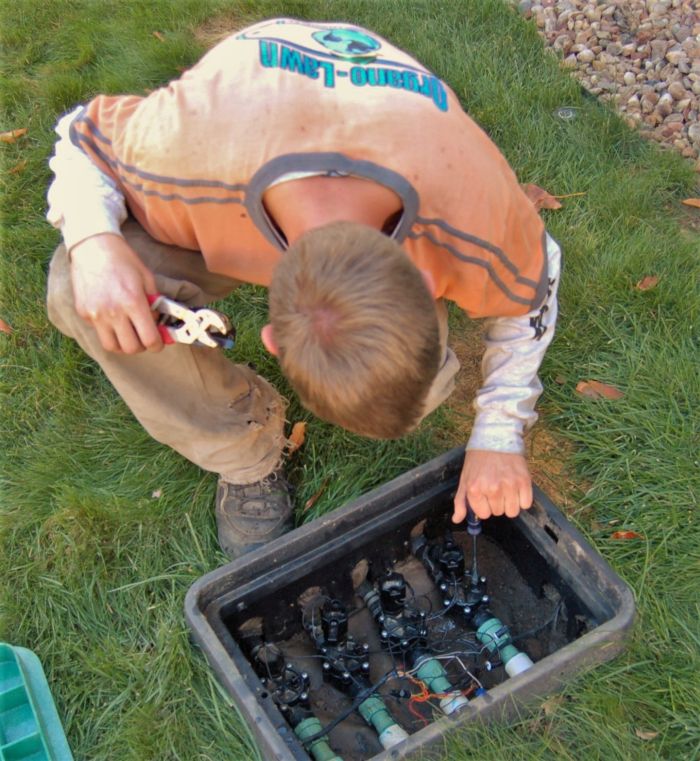Building a Healthy Soil
A soil with an active community of microbes in the soil is called a living soil. A microbe or microorganism that resides in the soil such as bacteria, fungus, protozoa, and amoeba contributes to this community. This sounds friendly but it’s a very competitive environment to survive in. If this gets out of balance you can see a disease show up in the lawn because one of the microbes has become dominant. Necrotic Ring Spot is one of the most common fungus issues that is found in a lawn. Much like other living beings, these microbes need air, water, food, and heat. Without all of these you can see stresses in the lawn, caused by the imbalance of these 4 requirements. Organo-Lawn achieves a healthy balance by providing aeration for air, watering deeply but infrequently with our 1-2-3-2-1 lawn watering technique, and feeding the lawn with our 100% organic fertilizer. Unfortunately we aren’t Storm from X-Men and can’t control the weather.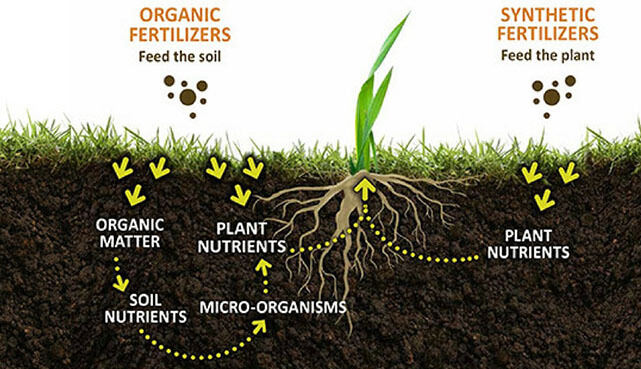
I don’t have a microscope. How can I tell if I have a living soil?
The most obvious signs you have a healthy, living soil is the presence of earthworms and for that matter birds hopping around on your lawn looking for those tasty worms. A large earthworm population will only be found in a living soil because those microbes are their food source. They will also help break down matter in the lawn and create air in the soil by moving creating tunnels.Will all fertilizers feed the microbes?
No, in fact chemical fertilizers will decimate the community of microbes. Chemical fertilizers will only feed the grass. Once the grass absorbs all of the nutrients it will need another hit because it’s not a part of the mutual relationship the plants have with the microbes in the soil because the microbes are dead. Our Synergy is a slow release fertilizer that means it’s only broken down as the microbes consume the nutrients. This is why it’s not only a great pre-emergent weed control in spring, but is great for a fall application because it will feed the lawn through the winter.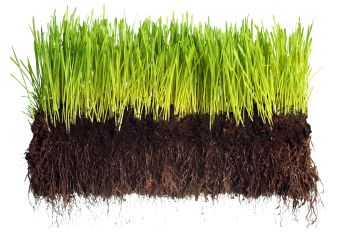
What else can be done to help my soil thrive?
The best place to start is by achieving deep digging roots. The longer the root system is the more the microbes can feed on the exudates of the roots. These are sugars that that the roots give off and feed bacteria, starting the chain of feeding that makes the living soil such a competitive environment. We achieve this by the following steps.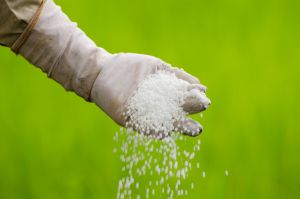
Mow the lawn tall:
By mowing the lawn 3 inches or taller will create longer roots.The roots will grow 3 times as long as the grass is; so if you have 3 inches above the ground, the roots will be 9 inches!1-2-3-2-1 Lawn watering:
By watering the lawn deeply and infrequently you are training the grass roots to grow deeper in search of water. Watering in this way will also help air stay in the soil, because it can dry out in between waterings.Humate soil conditioner:
This is a mined product that is a million years old. Humate will help break down the clay soils Colorado is plagued with. It also helps make the nutrients in the soil more readily available to the microbes.Organic fertilizer:
Both our Synergy and One Earth will provide the organic food the microbes need to be fed throughout the seasons.Avoid chemical fertilizers and pesticides:
The chemical fertilizers and pesticides kill off the soils microbial activity because they have a high salt content. The grass will then become dependent on the chemicals to stay alive.